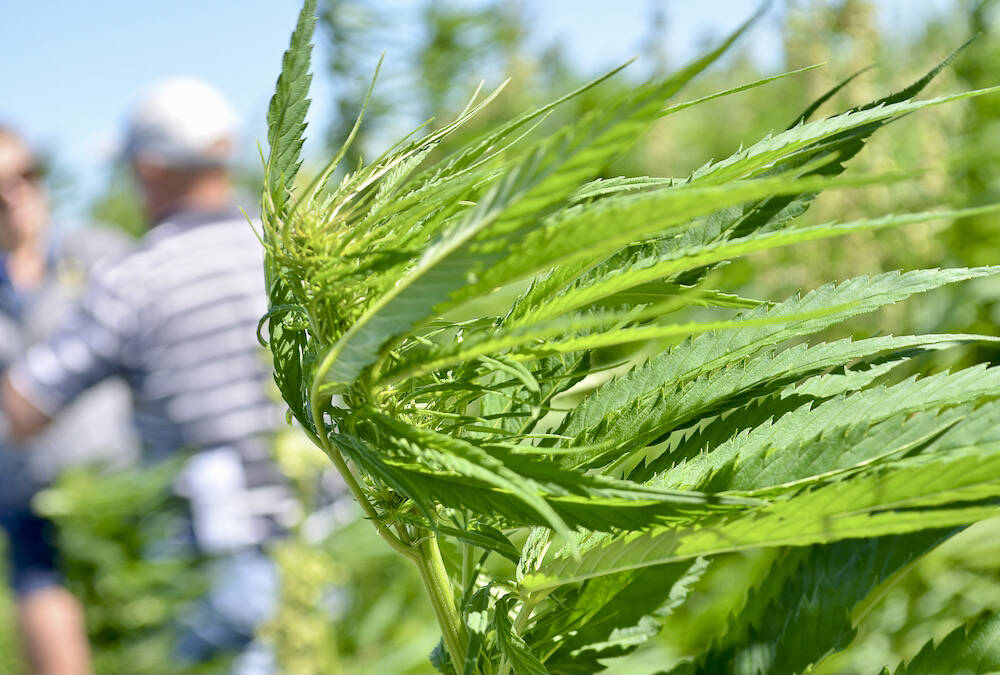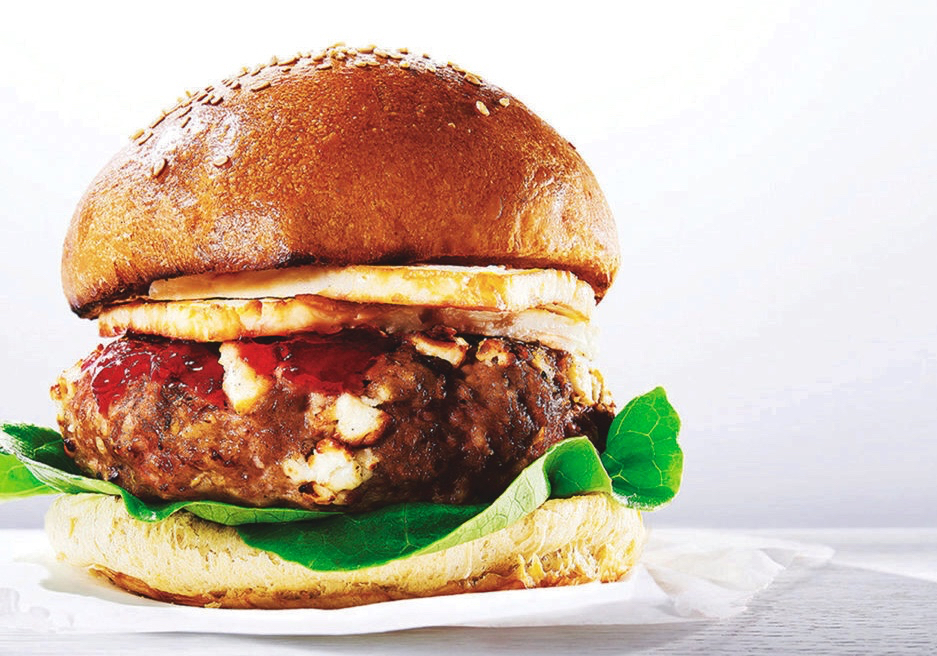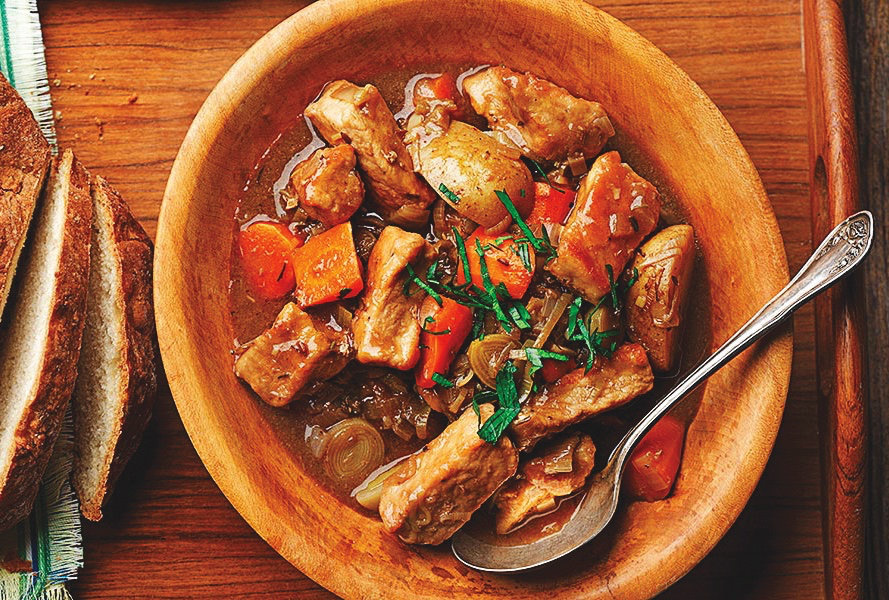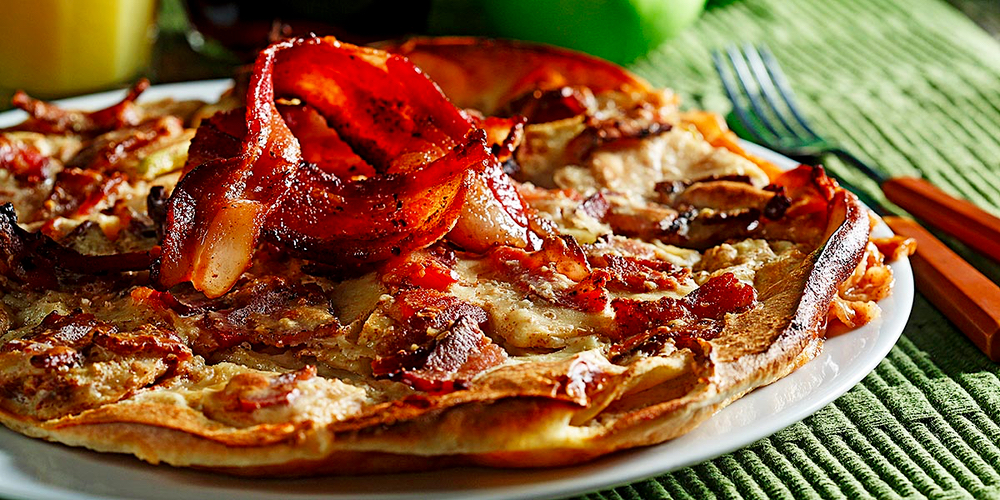In early history, refrigerators and freezers were not readily available to help prevent food spoilage. Food dehydration became one of the earliest forms of food preservation. Dehydration allowed people to have portable, lightweight and safe food to enjoy during cold seasons.
Dehydration probably was discovered by accident when early civilizations left food out in the sun and wind. When food dries, the food will not spoil as quickly because bacteria and other organisms need some moisture to grow. Mould, however, grows on foods with little moisture.
Because of the renewed interest in gardening and local food production, food preservation has increased in popularity. Food varies in moisture content and density, so dehydration is less precise than other types of food preservation.
Read Also

Canadian hemp stable, but stuck on growth
Canada’s hemp industry hopes hybrid varieties, better yields, clearer regulations and new markets can help the crop break past its ceiling and get Canadian farmers planting more hemp acres.
Drying fruits and vegetables and making fruit leathers are fun activities for kids and adults. If you have kids or grandkids, you may have noticed how quickly they gravitate toward the commercial fruit leathers. These snacks are easy to make at home with seasonal fresh fruit.
The following fruits were rated as “excellent” or “good” by the University of Georgia for preparing fruit leather: apples, apricots, berries, cherries, nectarines, peaches, pears, pineapple, plums and strawberries. Other fruits (blueberries, cranberries) in combination can provide a good end product, too.
Because of increasing concerns that bacteria may survive the drying process, fresh fruits must be treated properly so leathers are safe to eat. Not only does heating increase the safety, but colour may be better retained as a result.
Follow this procedure for preparing fruit leathers provided by the Colorado State University Extension Service:
Select ripe or slightly overripe fruit. Thoroughly rinse soft-skinned fruits or scrub hard-skinned fruits under running water. Remove blemishes or defective parts, then peel apples, oranges, peaches, pears and similar fruits before puréeing. Remove seeds, pits and cores.
Cut fruit into chunks and place in the top of a double boiler. Place water in the bottom of the double boiler and bring to a boil. Cover and steam for 15 or 20 minutes or until the fruit is soft and a thermometer placed in the fruit mixture registers 71.1 C (160 F).
Place cooked fruit in a blender. Add 1/2 teaspoon of ascorbic acid crystals or 2 tablespoons of lemon juice per 2 cups of fruit. If desired, add 1 to 2 tablespoons of honey, corn syrup or sugar per 2 cups of fruit. A small amount of spice (1/4 teaspoon cinnamon or a dash of nutmeg) also may be added per 2 cups of purée.
Note:Honey usually provides the best results when drying fruit leathers.
Fruit leathers can be dried in a home food dehydrator following the manufacturer’s directions, or try an oven as long as the oven can maintain a temperature of 140 to 145 F.
– Julie Garden-Robinson, PhD, R.D., L.R.D., is a North Dakota
State University Extension Service food and nutrition
specialist and associate professor in the department of health,
nutrition and exercise sciences.
———
Dehydrationprobablywasdiscovered byaccidentwhenearlycivilizations leftfoodoutinthesunandwind.














